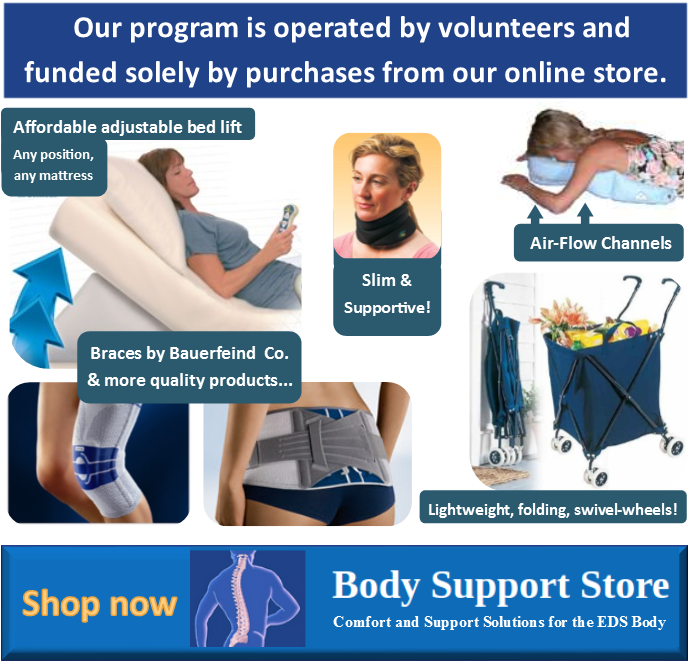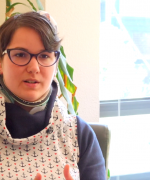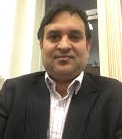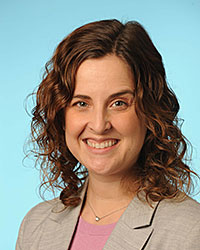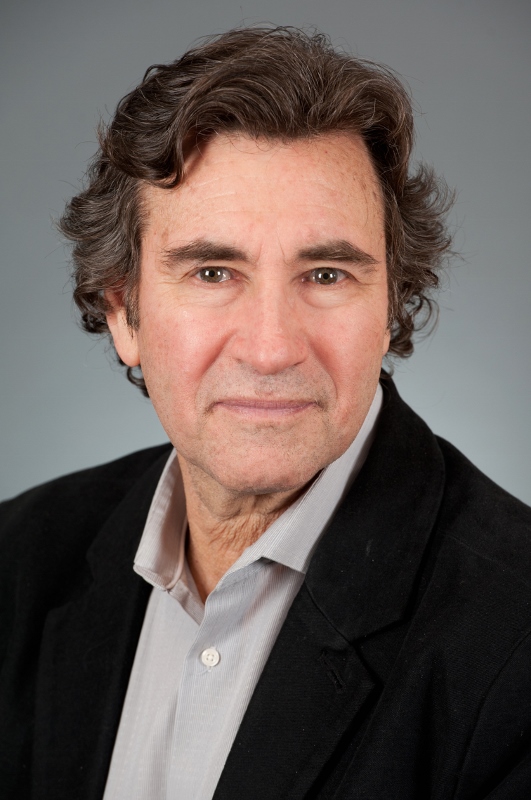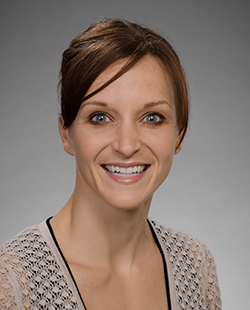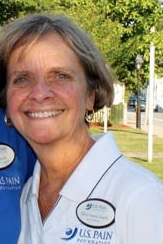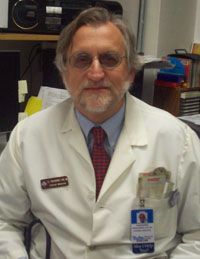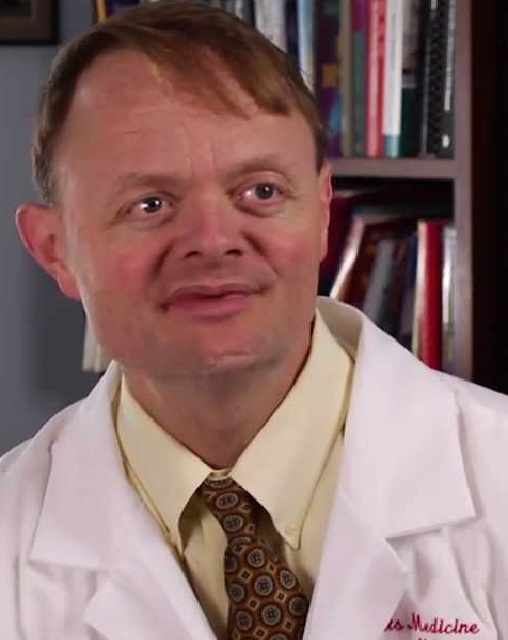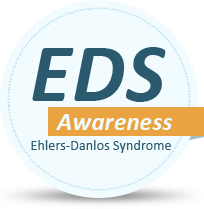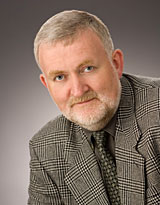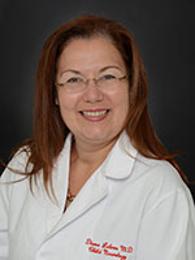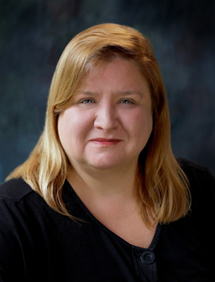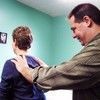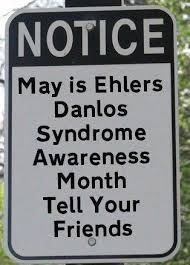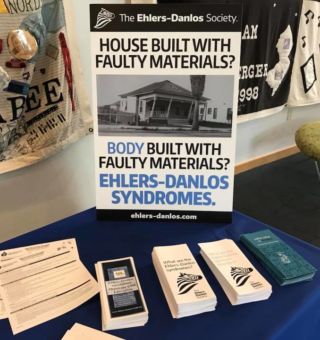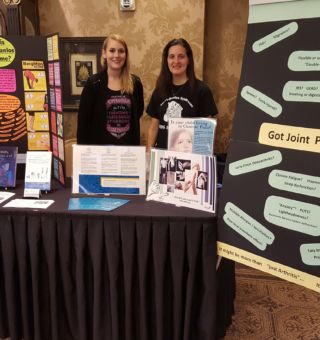Preventive Care Recommendations for Patients with the Ehlers-Danlos Syndromes
Preventive medicine is the practice of recommending health care to improve the patient’s well-being and to attempt to prevent disease, disability, and death. A lot of time, we hear about preventive medicine in the form of cancer screenings that can potentially help people live longer, healthier lives. There are a number of screenings or treatments that are considered preventive and recommended for people of all ages.
These recommendations come from several places. One is the United State Preventive Services Task Force (USPSTF), an non-governmental group of volunteer experts from across the United State. They make health and wellness recommendations based on unbiased, reproducible, high-quality scientific evidence and research. They rate their recommendations with an A, B, C, D or I based on the strength of evidence and the balance of benefit to risk of the intervention. The ratings are like letter grades in school. “A” recommendations have the highest level of confidence and evidence. “B”, “C”, “D” each have less evidence to back them up as they go further in the alphabet or may not provide as much benefit based on the risk of the recommendation. “I” ratings means something is insufficient and the benefit or risk cannot be determined. To learn more about their process, visit this link. A variety of studies and evidence, as well as expert opinions, go into making these recommendations and ensuring they are scientifically defensible.
Another place preventive recommendations come from are specialty organizations, like the American Heart Association, the American College of Rheumatology, the American Cancer Society, and others. Sometimes, this causes conflicting advice as to how often a screening may occur or who gets screened, recommended medications or doses, or when to order a specific type of test. While all organizations, including the USPSTF, have the goal of promoting optimal health and longevity, they can sometimes come to different opinions based on the evidence and reviewers they choose.
What does this have to do with EDS?
People with the Ehlers-Danlos syndromes, like all other people, can benefit from preventive care recommended by the USPSTF and specialty organizations. However, there are additional tests and screenings recommended for patients with EDS in particular. In other cases, a standard preventive screening may need to be done differently for a patient with EDS in order to be safe and helpful.
Many recommendations for EDS-specific preventive care are based on expert opinions, rather than formal studies and research. Evidence is patchy, at best, according to BMJ (British Medical Journal) Best Practices. The lack of studies or evidence doesn’t mean the recommendation is bad. It just means that instead of being able to point to a research study or published scientific article, the recommendation is based on the clinical expertise, knowledge, and experience of medical providers. That’s why it’s so important to check with your doctor about whether the preventive recommendations listed below would be beneficial for you. Recommendations are based on what is best for the average person. You and your doctor should make sure that the care you receive, preventive or otherwise, is right for you. The chart below includes recommendations pulled from various medical databases and articles.
You may be wondering why a certain test or screening isn’t listed below. For example, wouldn’t a screening for postural orthostatic tachycardia syndrome (POTS), craniocervical instability (CCI), or mast cell activation syndrome (MCAS) be helpful? Yes, absolutely, but those aren’t preventive screenings. They are diagnostic tests. It wouldn’t make sense to screen every patient with EDS for POTS if they didn’t have the symptoms of POTS. Maybe someday experts will recommend or studies will show that every patient diagnosed with EDS should also be screened for POTS because it provides a better outcome for the patient. For now, tests for POTS and many other “common” EDS comorbidities are considered diagnostic.
Lastly, remember: it’s your decision what preventive screenings, tests, and care you get. Your medical providers will recommend screenings and care to you based on (hopefully) the most recent guidelines. You can always say you don’t want a specific screening; you can say you want to think about it, or you can put it off until a different time. YOU are in control of your health care.
Please note: we didn’t include recommended preventive obstetric, prenatal, pregnancy, or postnatal care for patients and newborns with EDS–it’s an area that has a lot of specific recommendations based on the type of EDS and the various stages of pregnancy. If you’re interested in reading about preventive pregnancy care, check out these articles:
- A midwife’s guide to pregnancy, birth, feeding, and EDS
- Pregnancy and Fertility in EDS
- Hypermobile EDS and pregnancy
- Vascular EDS and pregnancy
|
Who should have it done? |
What treatment should be done? |
Why? |
How often? |
Source(s) |
|
Any EDS patients with any type of EDS |
Avoid orthopedic surgery if possible |
To preserve and protect joint function; to avoid complications and poor healing outcomes. |
Whenever needed | |
|
Any EDS patient with an acute injury |
Revisit injury or review new imaging studies |
To ensure injury is healing and unlikely to become a chronic problem. |
Review 6-12 weeks after the injury occurs. |
Expert opinion from BMJ Best Practices: Ehlers-Danlos Syndrome; Shweta Dhar, MD, MS FACMG, author. Accessed 4/20/23; Last updated 6/2/21 |
|
Any patients with a clinically confirmed or suspected EDS diagnosis |
*Genetic testing for specific subtype of EDS |
To confirm clinical diagnosis; to plan for pregnancy; to advise family members. |
Once, when diagnosed. | |
|
Any EDS patients with any type of EDS |
Patient education |
To prevent and recognize injuries and complications; to recognize potentially serious symptoms or conditions that require emergency medical attention. |
As soon and as often as possible | |
|
Any EDS patients with any type of EDS |
Patient education |
To identify risks and physical conditions in order to avoid future injury and development of chronic pain syndrome. |
As soon and as often as possible |
Expert opinion from BMJ Best Practices: Ehlers-Danlos syndrome; Shweta Dhar, MD, MS FACMG, author. Accessed 4/20/23; Last updated 6/2/21 |
|
Any EDS patients with any type of EDS |
Physical, occupational, and/or speech therapy |
To prevent misuse of joints, to provide strengthening for muscles, to manage symptoms, to increase proprioception, to aid with joint stability, protection, and preservation, to correct dysfunction, and to help prevent arthritis. |
Start when first diagnosed and continue as decided by the patient, doctor(s) and therapist(s). Reassess at 6-12 months | |
|
Kyphoscoliosis EDS patients |
Targeted physical therapy to strengthen the shoulder muscles and bracing of unstable joints |
To help prevent restrictive lung disease and other respiratory issues. |
Start when first diagnosed and continue as decided by the patient, doctor(s) and therapist(s). | |
|
Any EDS patients with any type of EDS |
Regular dental cleanings and examinations |
Can identify and assist with gingivitis, gum recession, TMJ pain, and more. |
Yearly or every six months | |
|
Any EDS patients with any type of EDS |
Baseline cardiovascular evaluation |
To screen for aortic dilation, valvular irregularities, and other cardiac problems. |
Once, preferably during childhood or adolescence |
Expert opinion from UpToDate: Overview of the Management of Ehlers-Danlos syndromes; Susan P Pauker, MD, FACMG and Joan M Stoler, MD, Authors. Accessed 4/20/23; Last updated 3/4/22 |
|
Classical and Hypermobile EDS patients |
Follow-up cardiovascular examination |
To screen for aortic dilation, valvular irregularities, and other cardiac problems. |
The optimal frequency for cardiovascular exam in patients with EDS has not been studied. Experts suggest: –Have a repeat evaluation every two to five years, if baseline evaluation is normal. After the second normal evaluation, tests can either stop or decrease to every five years (unless there are new symptoms). –No additional CV testing needed beyond age 25. –If aortic dilation or mitral valve prolapse are detected on a baseline CV exam, repeat the exam yearly. |
Expert opinion from BMJ Best Practices: Ehlers-Danlos Syndrome; Shweta Dhar, MD, MS FACMG, author. Accessed 4/20/23; Last updated 6/2/21 Expert opinion from UpToDate: Overview of the Management of Ehlers-Danlos syndromes; Susan P Pauker, MD, FACMG and Joan M Stoler, MD, Authors. Accessed 4/20/23; Last updated 3/4/22 |
|
Vascular EDS patients |
Follow up cardiovascular examination |
To screen for aortic dilation, valvular irregularities, and other problems. |
At clinician and patient discretion based on findings of baseline evaluation. |
|
|
Kyphoscoliosis EDS patients |
Follow up cardiovascular examination |
To screen for aortic dilation, valvular irregularities, and other problems. |
At time of diagnosis and in five-year intervals, even if baseline echocardiogram is normal. | |
|
Vascular EDS patients |
Baseline echocardiography and CT angiography or MR angiography imaging |
To screen for aortic dilation, valvular irregularities, and other vascular problems. |
At time of diagnosis then at clinician and patient discretion based on findings of baseline evaluation. | |
|
Vascular and Kyphoscoliosis EDS patients |
Blood pressure checks |
To monitor blood pressure to help prevent arterial rupture, |
Regularly, with specific frequency decided by patient and doctor | |
|
Any EDS patients with breast tissue and who bruises easily |
Consider MRI or ultrasound in place of, or in conjunction with, a mammogram |
To prevent bruising and other vascular complications |
Annually or every other year, based on the schedule determined between patient and doctor. USPSTF Mammogram guidelines |
Personal Interview with Dr. Nathan Rudin., MD, Rehab Medicine and Pain Management doctor at UW-Health and the University of Wisconsin. |
|
Any patient with EDS that has fragile skin, but especially Classical and Vascular EDS patients |
Protective gear, bandages, or pads |
To prevent skin trauma |
As often as needed | |
|
Classical EDS patients |
Extra attention paid to fragility of tissues during colonoscopy |
To prevent tissue tearing or bowel perforation |
If or when colonoscopies are indicated. |
Expert opinion from UpToDate: Overview of the Management of Ehlers-Danlos Syndromes; Susan P Pauker, MD, FACMG and Joan M Stoler, MD, Authors. Accessed 4/20/23; Last updated 3/4/22 |
|
Vascular EDS patients |
Non-invasive methods of colon cancer screening (Also avoid virtual colonoscopy.) |
To avoid bowel perforation |
When regular colon cancer screening is due. | |
|
Any EDS patients with any type of EDS |
Depression and anxiety screening |
To catch any troubling symptoms or actions early and offer treatment |
As often as needed or decided on by the patient and doctor, but especially when first diagnosed and when significant stressors occur. | |
|
Any EDS patients with any type of EDS |
To find any bone-related problems. Some subtypes of EDS have been shown to affect bone health; whether it’s due to EDS or behaviors associated with EDS (e.g. sedentary lifestyle due to pain or injury) in unclear/ |
The USPSTF recommends women start screenings at age 65 or sooner if there are risk factors present. There is insufficient evidence to support screening for men with no risk factors. The patient and doctor should consider risk factors and schedule screenings accordingly. Some patients may wish to schedule a bone density scan upon diagnosis to establish a baseline for bone health. | ||
|
Any EDS patients with any type of EDS |
Use of assistive devices such as a cane, walking stick, braces, splits |
To protect joints, prevent long term damage, and need for surgery; prevent or help with pain. |
As often as needed or decided on by the patient and doctor. | |
|
Any EDS patients with any type of EDS |
Baseline eye exams (including slit lamp and dilated funduscopic exams) |
To detect or rule out retinal detachment or fragility, scleral fragility, myopia and glaucoma, among other issues |
Once |
Expert opinion from UpToDate: Clinical Manifestations and Diagnosis of Ehlers-Danlos Syndromes; Susan P Pauker, MD, FACMG and Joan M Stoler, MD, Authors. Accessed 4/20/23; Last updated 5/28/22 Expert opinion from Elsevier Point of Care: Clinical Overview, Ehlers-Danlos Syndrome; updated March 24, 2022 |
|
Any EDS patients with any type of EDS |
Eye exams (including slit lamp and dilated funduscopic exams) |
To detect or rule out retinal detachment or fragility, scleral fragility, myopia and glaucoma. |
Annually |
Expert opinion from UpToDate: Clinical Manifestations and Diagnosis of Ehlers-Danlos Syndromes; Susan P Pauker, MD, FACMG and Joan M Stoler, MD, Authors. Accessed 4/20/23; Last updated 5/28/22 Expert opinion from Elsevier Point of Care: Clinical Overview, Ehlers-Danlos Syndrome; updated March 24, 2022 |
|
Kyphoscoliosis EDS patients |
Eye exams (including slit lamp and dilated funduscopic exams) |
To detect or rule out rupture of the ocular globe, astigmatism, microcornea, and keratoconus. |
More than once per year as decided by patient and doctor |
*Genetic testing offers a wealth of information, but should be undertaken with care. Please discuss with your doctor before getting genetic testing, and consider the following:
- What types of patients will the genetic testing lab test? What kind of clinical or preliminary diagnosis do you need?
- Do you need a referral from a doctor? What kind of doctor?
- What information will the genetic test add? If you’re already clinically diagnosed based on symptoms and signs, what additional information or value, if any, does the genetic test offer you?
- Could other types of tests provide you with the same information?
- Will your insurance cover genetic testing? How expensive is it?
- What kind of test will the lab run and what kind of results will they provide?
- Is genetic counseling available before and after the test and when you receive the results?
- How will you deal with surprising information or information that doesn’t confirm your diagnosis?
- How will you deal with information that may have an effect on current or future pregnancies?
- Will you disclose this information to your family? What do you feel are your ethical obligations, if any, to family members?
- If considering genetic testing for a child: would it be better to wait until the child is old enough to decide on their own if they want genetic testing and/or give consent?
Questions compiled from UpToDate: Genetic Testing; Wendy Kohlmann, MS, CGC, and Anne Slavotinek, MBBS, PhD, authors. Accessed 4/20/23; last updated 10/7/22; based on the following articles: Source Source Source Source Source Source Source Source Source
Kate Schultz
July 2023
Medical review by
Cara Baumberger, BSN, RN
DNP-FNP Student
Part-Time Class of May 2024



